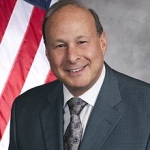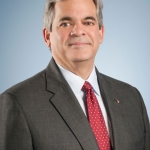
Ms. Laura Zucker
When It’s the Right Time to Leave Your Job (for the Right Reason)
Posted by Jul 21, 2017

Ms. Laura Zucker
Sometimes, of course, you feel like walking away because of the old challenges: a change in the political tide, a recession, difficult people, the endless paperwork, scrambling to do more with less. But none of these are reasons to bail. When I know I haven’t shied away from an uncomfortable situation or unfamiliar territory, then I can choose something new with a clear conscience.
Read More


























